“Breath work is the most important principle when it comes to overall fitness. Not only can it have a positive effect on your mental health, emotions, and reactions to stress and anxiety, it helps increase lung capacity, muscle activation, and performance.” is what Gia Calhoun, Pilates teacher and Vice President at Pilates Anytime believes in.

She has been teaching Pilates for over 14 years. Women Fitness Team got in touch with Gia to learn more on how pilates practice can help improve lung capacity & check whether we are breating right.
Check out the article as she goes on to answer the querries and demonstrate exercise practice,
How can one measure Lung Capacity?
- A simple way to measure your lung capacity at home is to breathe in as deeply as you can, counting slowly as you go to see how far you can get. As you exhale, count again to see how long it takes to get all of the air out. You can start at a lower number and work your way up if you would like to progress this.
- Also, in Pilates, there is an instrument called a Breath-a-cizer which looks like a pinwheel. Ideally, you should be able to complete an action that requires an exhale while keeping the pinwheel moving.
5 Pilates Exercises to Enhance Breathing
Rib Cage Breathing
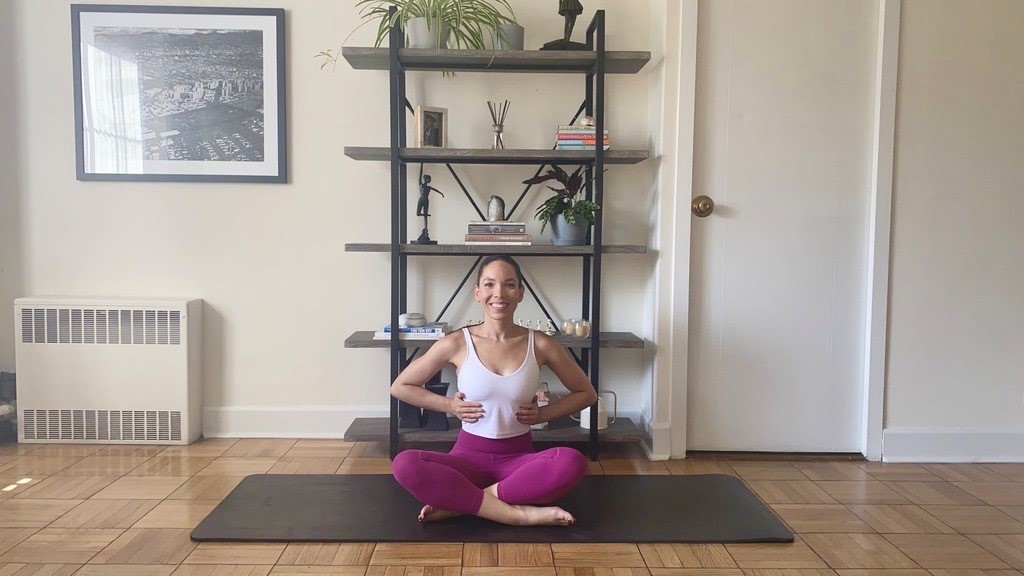
take a resistance band and wrap it around your rib cage. As you inhale, you will feel the band expand, as you exhale, you can gently pull it to feel the rib cage narrow. If you don’t have a resistance band, you can also use your hands to feel this movement in the ribs.
Cat/Cow Pose
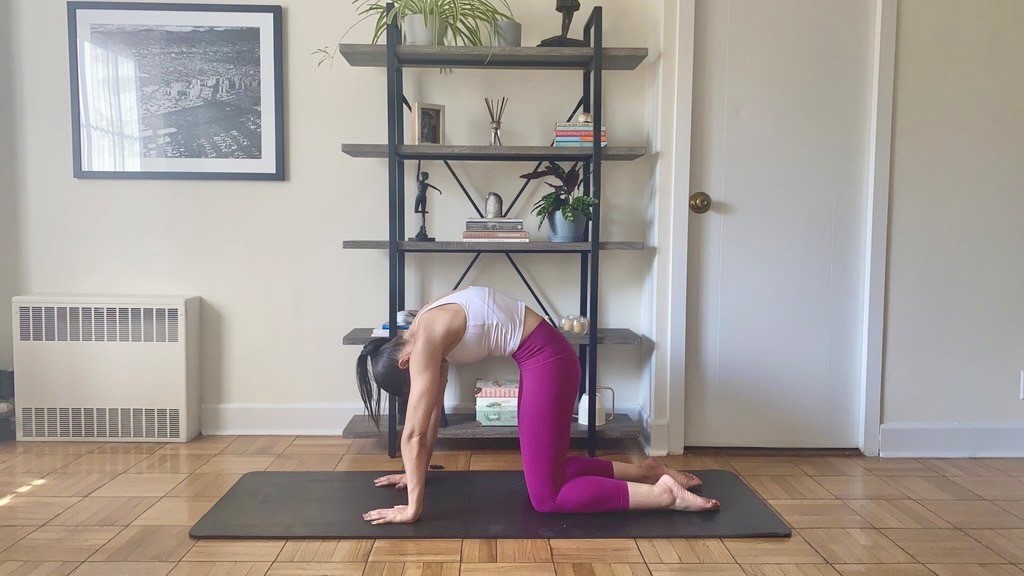
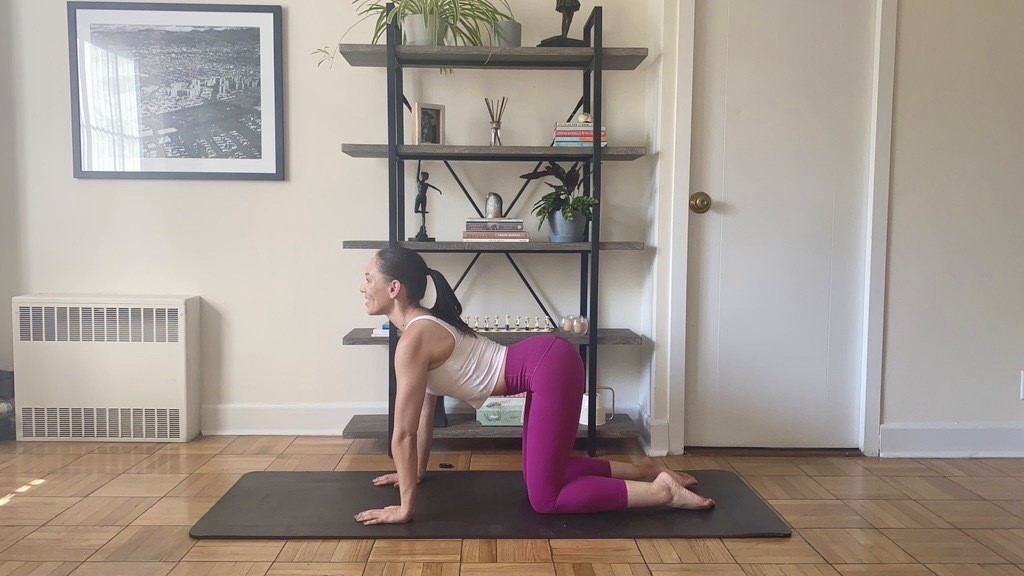
Set up your quadruped position with your hands under your shoulders and knees under your hips. As you inhale, arch your back, lifting your chin up and then exhale to move to a round back, looking at your navel. Flow through the positions letting your breath initiate each movement. Repeat as desired.
The Hundred
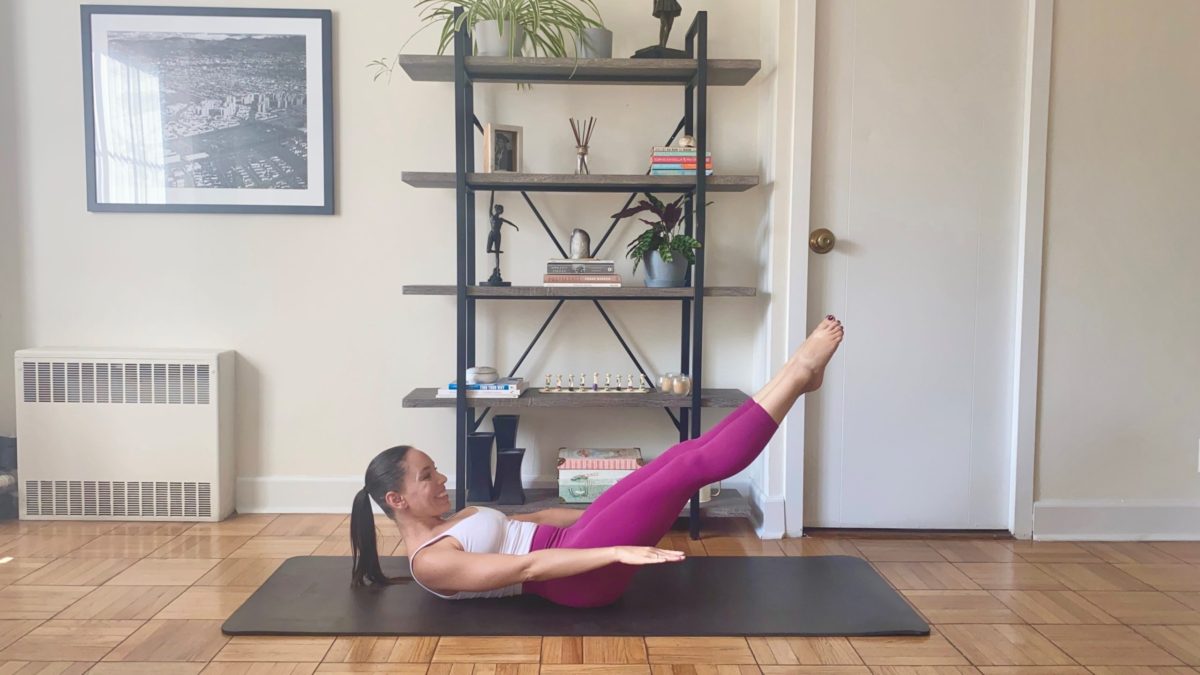
Lying on your back with the legs stretched out to a 45 degree angle, curl your chest and head up with the arms reaching out to your sides. Vigorously pump the arms up and down as you breathe in for 5 counts and breathe out for 5 counts. Repeat 10 times for a total of 100 pumps.
Spine Twist
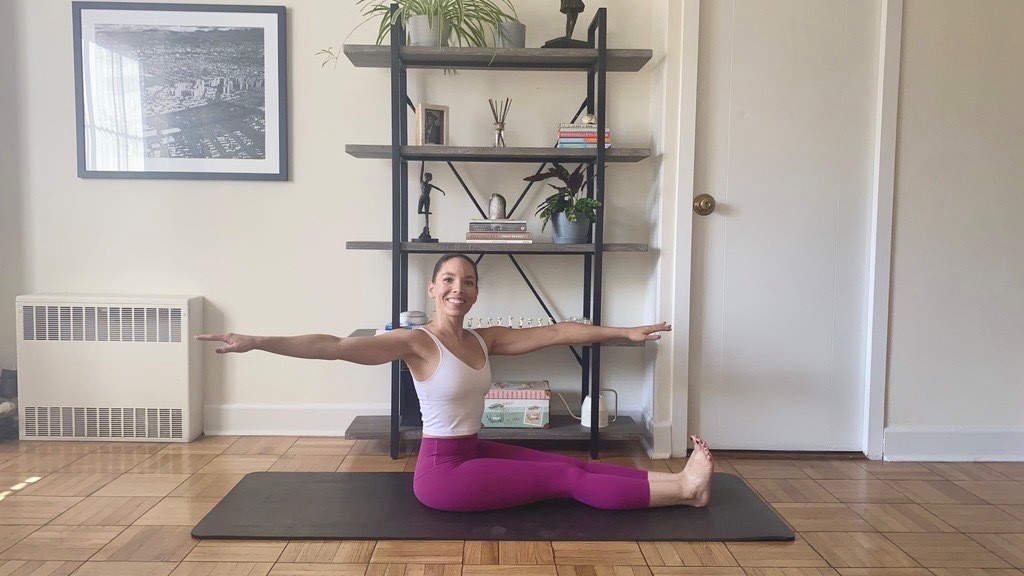
Sitting with the legs straight and together, arms out in a ‘T’ position. Inhale to lengthen the spine, exhale to twist to one direction. Add 2 pulses to deepen the twist and then inhale to return to center. Exhale to twist and pulse to the other direction and inhale back to center. Repeat as desired.
Mermaid
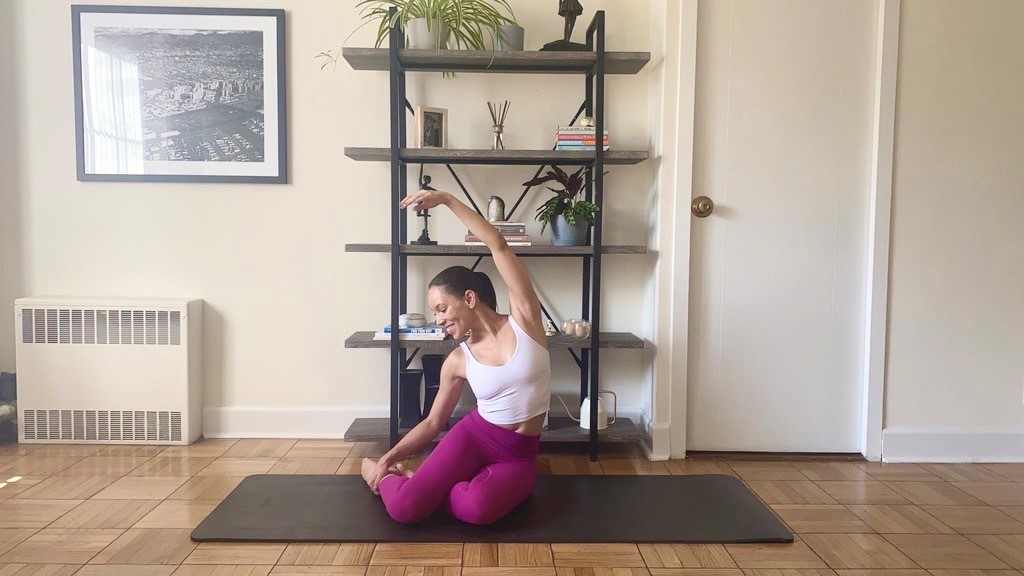
Side bending can help to give more space so that you can breathe more deeply. Sitting with the legs out to the side, one on top of the other, inhale as you prepare, and exhale as you place one hand on the floor on the opposite side and bend over. Then inhale to return back to a seated position and exhale as you hold onto the top foot and bend to the other side. Repeat as desired.
How can one know that they are not breathing to their maximum level?
Typical signs that a client isn’t breathing to their maximum level are
- shortness of breath
- dizziness
- muscle cramping
- reduced endurance and physical ability.
Signs that one is not breathing properly during exercise & solution to it.
The most common issues I see with clients when it comes to breathing are:
- Not Breathing During Exercise:
This is especially common during ab exercises – clients tend to hold their breath as a way to create pressure within the abs.
- Shallow Breathing:
Shallow breathing occurs when clients breath with only the upper part of the chest and often results in a shortness of breath. Breathing in the chest also resembles hyperventilating so doing this can alert your body that you are in danger even when you are not.
In Pilates, we encourage our clients to embrace lateral thoracic breathing – a technique where one draws the breath upward and out of the low belly, focusing on redirecting the breath into the back of the body and the sides of the ribcage.
To help clients practice proper lateral thoracic breathing, I have them place their hands on their lower ribs so they can feel them rise and fall as they breathe. The majority of the breathing motion should be felt here, not the upper chest, during everyday life and especially during exercise.
Also, if a client ever feels confused on where to inhale and exhale in a movement, it is helpful to think of exhaling on the exertion. This helps to prevent holding the breath and can make the movement feel more available.
Disclaimer
The Content is not intended to be a substitute for professional medical advice, diagnosis, or treatment. Always seek the advice of your physician or other qualified health provider with any questions you may have regarding a medical condition.